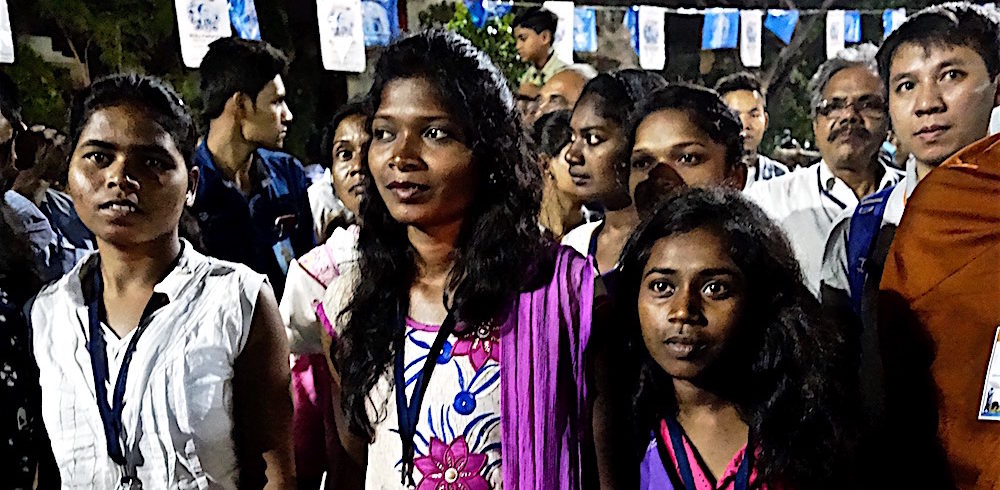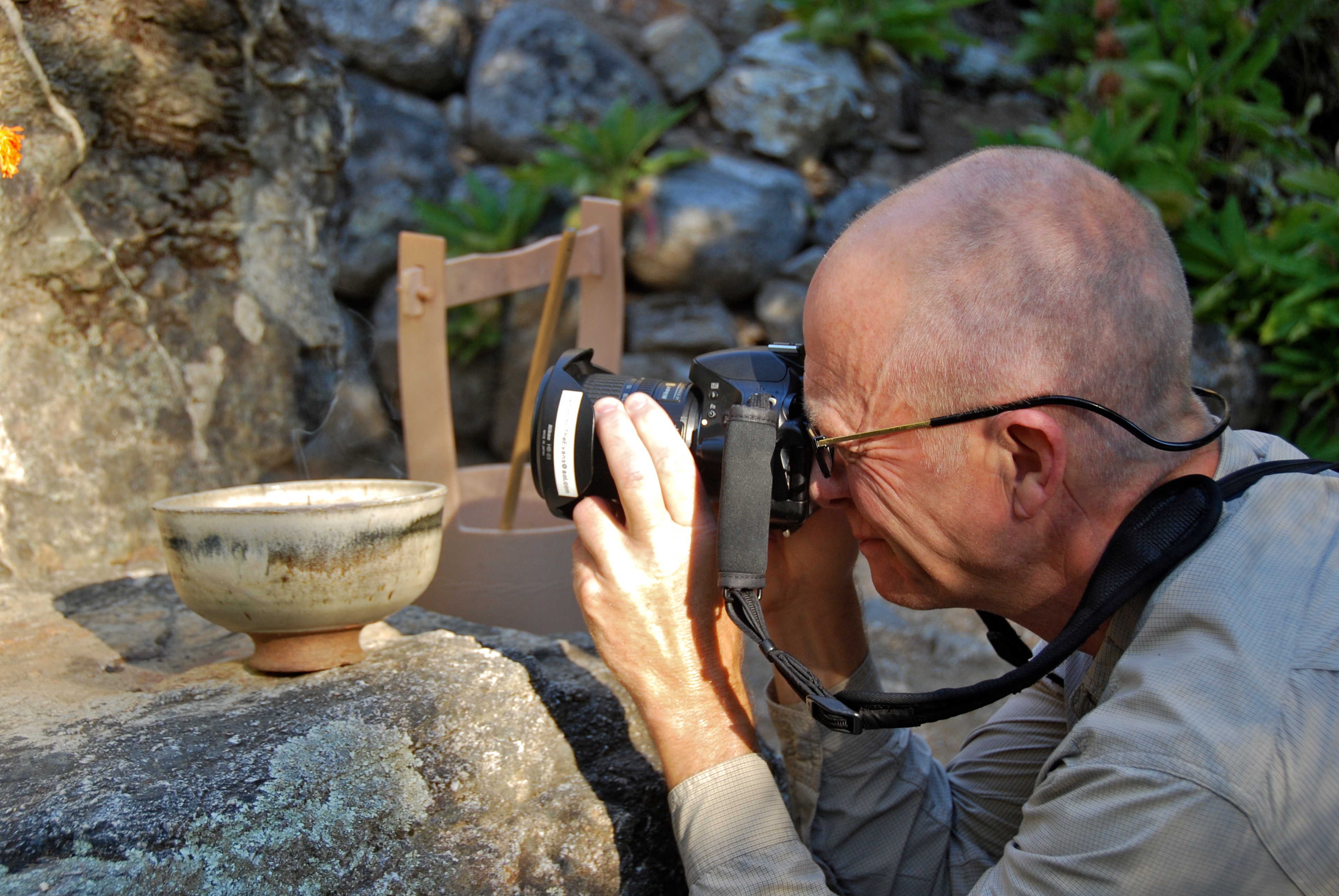Posted on August 2, 2011 by Alan Senauke
Photography As Zen Practice—A Few Thoughts
 There has been a long radio silence on the blog. Not because nothing has happened. Maybe because too much has happened: ongoing, infuriating gridlock on the national budget; family medical crises; a wonderful waltz across Texas, visiting Zen centers in Dallas, Houston, and Austin; rightwing terrorism in Norway targeting the country’s progressive youth: my daughter Silvie’s return from a semester of study in Buenos Aires; a Mountains & Rivers sesshin at Point Reyes, miscellaneous writing; and so on.
There has been a long radio silence on the blog. Not because nothing has happened. Maybe because too much has happened: ongoing, infuriating gridlock on the national budget; family medical crises; a wonderful waltz across Texas, visiting Zen centers in Dallas, Houston, and Austin; rightwing terrorism in Norway targeting the country’s progressive youth: my daughter Silvie’s return from a semester of study in Buenos Aires; a Mountains & Rivers sesshin at Point Reyes, miscellaneous writing; and so on.
***
 I am just back from Tassajara Zen Mountain Monastery, offering a workshop on “Photography As Zen Practice.” Master photographer and great spirit Peter Cunningham and I were co-leading this adventure with ten other folks, all of us simultaneously students and teachers.
I am just back from Tassajara Zen Mountain Monastery, offering a workshop on “Photography As Zen Practice.” Master photographer and great spirit Peter Cunningham and I were co-leading this adventure with ten other folks, all of us simultaneously students and teachers.
The weather at Tassajara is cool in the morning and evening, hot in the day, but not too hot. Staff, students, and guests are friendly. We tried to respect their privacy as we went about with our cameras. And we have offered our abilities to make photographs of Tassajara denizens at their request.
Photography is usually a kind of solitary craft. The photographer works alone with a subject, then processes alone. This used to happen in the low red glow of a darkroom. Now one spends hour after hour in front of a computer screen. In contrast, we worked collaboratively — sometimes even taking the same pictures, which always turn out a little bit different because each of us has a different eye and mind. We looked at each other’s work, made suggestions, and helped to select and edit photographs, creating a collective body of work that we will share in the near future as a YouTube video.
The language that gathers around photography often has an aggressive edge: shoot, capture, take a photograph, grab a shot. This all fits with a materialist worldview where all things, including people have a pricetag and are available to be obtained and consumed. There is a market for photographs and for all kinds of art. But at the core of any art is a merging of subject and object, a kind of embrace and inseparability. An authentic photograph (notice I am not saying a “great” photograph) embodies this principle, as does a painting, a melody, or a dance.
Peter introduced the Three Tenets, refined and proliferated by Roshi Bernie Glassman and his circles: Not Knowing, Bearing Witness, and Loving Action. At the risk of oversimplifying, Not Knowing is the attitude with which we enter any moment. We have no idea what will arise and how things will come out. If we think we know, we risk violence or at least limitation to the moment itself and to ourselves. Bearing Witness is what we do simply by opening our eyes and really seeing, recognizing that we are all in this together, creating the world. Loving Action guides our response. It is our response-ability to what we witness.
For my part, I have lately been thinking and talking about the Buddhist principle of dana — giving or generosity. It is the first practice or perfection of a Bodhisattva. It is also first in the 13th Century Zen Master Dogen’s “Four Embracing Dharmas.” Dogen’s fascicle “Bodaisatta Shishobo” speaks lyrically of dana.
Two quotations from Shishobo for your consideration:
“We give flowers blooming on the distant mountains to the Tathagata, and offer treasures accumulated in past lives to living beings.”
“When the Way is entrusted to the Way, we attain the Way… We offer ourselves to ourselves, and we offer others to others.”
The words are simple; the thoughts are complex. Instead of taking a picture, we explored the activity of giving a picture, of giving ourselves to the world that appears through the lens, of allowing the world coming through the lens to give itself to us and to change us. Giving photographs of others to others and allowing them to give us images of ourselves. Each image is a new way of seeing a moment of reality. And as a photograph exists in time, naturally it fades and picks up creases and fingerprints. With each moment, the photograph itself offers up a new moment.
Before I get too far up where the air is thin, I want to tell you we had fun. Giving and taking is also play. Just being and doing things together at Tassajara is play. Playing like this our dozen retreatants discovered intimacy. As Dogen explains, “We offer ourselves to ourselves, and we offer others to others.” Who knows where this will lead.






I am grateful for the 3 tenets, and will try to apply them
when taking pictures and also as a way of life.
Tan-Hong Nguyen
Very nice. I’m reminded of a recent article about Thomas Merton and his discovery of photography: Philip J. Richter, “Late Developer: Thomas Merton’s Discovery of Photography as a Medium for His Contemplative Vision,” Spiritus: A Journal of Christian Spirituality v.6 (Fall 2006), 195-212. Much of it deals with Merton’s change of attitude toward photography, from something naturally intrusive and distracting, to something that could be used to engage more deeply with the world.